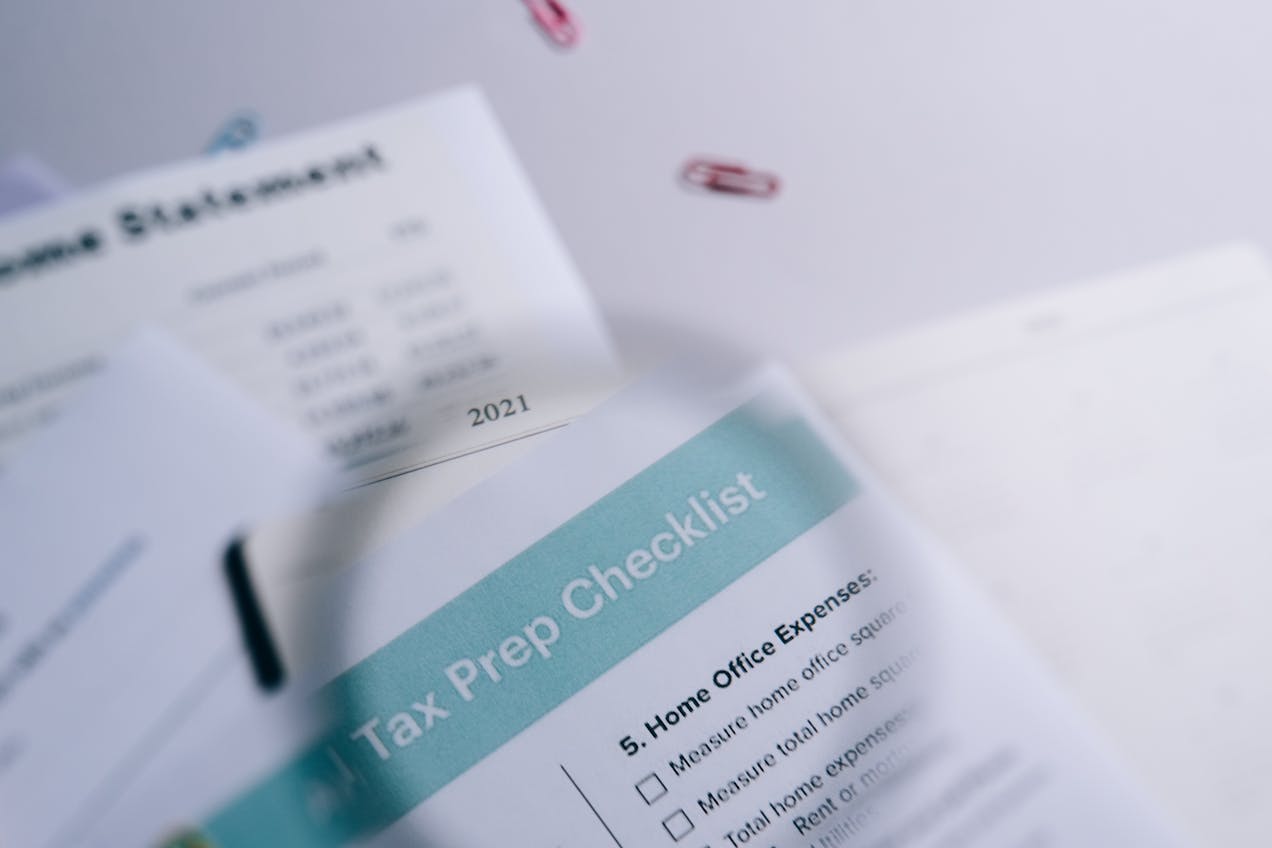
Introduction
When calculating the R&D Tax Credit under IRC §41, determining Gross Receipts correctly is critical.
Gross receipts form the foundation of both the Fixed-Base Percentage (FBP) and the Base Amount, which directly affect how much credit a business can claim.
Incorrectly computing gross receipts can lead to underreported or overstated credits, IRS challenges, and potential adjustments.
Relevant Tax Codes and Forms
- IRC §41(c)(1): Defines how gross receipts factor into the base amount calculation.
- Treas. Reg. §1.41-3(c): Explains what constitutes gross receipts for R&D purposes.
- Form 6765, Part I: Where gross receipts are reported in the Regular Method computation.
Step 1: What Are Gross Receipts for R&D Credit?
According to Treas. Reg. §1.41-3(c), gross receipts include total sales (net of returns and allowances), service income, interest, dividends, rents, royalties, and any other income recognized under the taxpayer’s normal accounting method.
Excluded items:
- Returns of capital
- Tax-exempt income
- Loan proceeds
- Repayments or refunds
Simplified: Gross receipts = Total revenue earned during the tax year from all sources, before cost deductions.
Step 2: Importance of Gross Receipts in R&D Computation
Gross receipts determine two essential values in your R&D credit calculation:
- Fixed-Base Percentage (FBP):
FBP = Aggregate QREs ÷ Aggregate Gross Receipts (for 1984–1988). - Base Amount:
Base = FBP × Average Gross Receipts (for the 4 prior tax years).
The higher your gross receipts, the lower your base amount tends to be, which may increase your R&D credit.
Step 3: Example of Gross Receipts Calculation
Example:
A company’s 2025 income statement shows:
| Source | Amount ($) |
|---|---|
| Product Sales | 4,200,000 |
| Service Revenue | 600,000 |
| Interest Income | 80,000 |
| Rental Income | 20,000 |
| Refunds & Allowances | (100,000) |
| Total Gross Receipts | 4,800,000 |
Gross Receipts = $4,800,000
These receipts are then used to compute:
Base Amount = FBP × Average Gross Receipts (4 prior years)
Step 4: Annualizing Gross Receipts for Short Tax Years
If a company has a short tax year (less than 12 months), gross receipts must be annualized under Treas. Reg. §1.41-3(c)(2).
Formula:
Annualized Gross Receipts = (Gross Receipts ÷ Months in Year) × 12
Example:
Company earned $2,000,000 in an 8-month tax year.
Annualized Gross Receipts = ($2,000,000 ÷ 8) × 12 = $3,000,000
This adjustment ensures fair credit comparison across full-year and partial-year taxpayers.
Step 5: Common Errors to Avoid
- Excluding service revenue or royalties.
- Using net income instead of gross receipts.
- Failing to adjust for short tax years.
- Ignoring controlled group aggregation (under IRC §41(f)).
- Omitting related-party income adjustments.
Step 6: Documentation and Compliance
To support your gross receipts calculation:
- Retain financial statements, sales ledgers, and 1120/1065 returns.
- Reconcile total receipts with Schedule M-1 or M-3 if applicable.
- Ensure consistency between Form 6765 and your filed tax return.
- Keep these records for at least 4 years for audit readiness.
Conclusion
The accuracy of your Gross Receipts calculation determines the integrity of your R&D Tax Credit claim.
By following the definitions in IRC §41 and Treas. Reg. §1.41-3(c), taxpayers can ensure compliance, transparency, and optimal credit outcomes for 2025.
Call to Action
For accurate computation of gross receipts and compliance with R&D credit requirements, consult Anshul Goyal, CPA EA FCA, a U.S.-licensed Certified Public Accountant, Enrolled Agent authorized to practice before the IRS, and cross-border tax expert guiding American and Indian businesses in R&D and IRS compliance.
Disclaimer
This content is for informational purposes only and should not be construed as legal or tax advice. Always consult a licensed CPA before filing.
Top 5 FAQs
- What are gross receipts for R&D credit?
All income sources including sales, services, interest, and royalties, before deductions. - Are loan proceeds included in gross receipts?
No, gross receipts exclude loan funds and capital contributions. - How do short-year companies report gross receipts?
By annualizing income using Treas. Reg. §1.41-3(c)(2). - Are intercompany sales included?
Only if they reflect real economic activity; controlled groups aggregate results. - What happens if gross receipts are misreported?
It can distort your R&D credit and trigger IRS adjustments or penalties.
About Our CPA
Anshul Goyal, CPA EA FCA is a Certified Public Accountant in the U.S., Enrolled Agent admitted to practice before the IRS, and a cross-border tax specialist representing American and Indian businesses in R&D credit claims, audits, and IRS filings.
